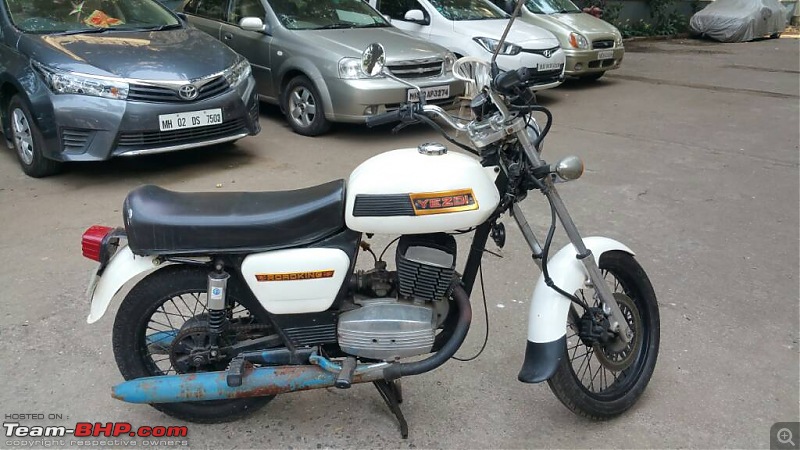| | #16 |
| BHPian | |
| |  (2)
Thanks (2)
Thanks
|
| |
| | #17 |
| BHPian Join Date: Sep 2014 Location: Mumbai
Posts: 37
Thanked: 155 Times
| |
| |  (3)
Thanks (3)
Thanks
|
| | #18 |
| BHPian Join Date: Feb 2011 Location: Bangalore
Posts: 179
Thanked: 258 Times
| |
| |  (2)
Thanks (2)
Thanks
|
| | #19 |
| Senior - BHPian Join Date: Feb 2010 Location: Wellington
Posts: 3,288
Thanked: 6,054 Times
| |
| |  (7)
Thanks (7)
Thanks
|
| | #20 |
| BHPian Join Date: Jan 2016 Location: Mumbai
Posts: 458
Thanked: 651 Times
| |
| |  (1)
Thanks (1)
Thanks
|
| | #21 |
| BHPian | |
| |
| | #22 |
| BHPian Join Date: Jan 2016 Location: Mumbai
Posts: 458
Thanked: 651 Times
| |
| |
| | #23 |
| BHPian Join Date: Sep 2007 Location: London
Posts: 621
Thanked: 778 Times
| |
| |  (4)
Thanks (4)
Thanks
|
| | #24 |
| BHPian Join Date: Nov 2006 Location: Mumbai
Posts: 233
Thanked: 256 Times
| |
| |
| | #25 |
| BHPian Join Date: Jan 2005 Location: Bangalore
Posts: 35
Thanked: 22 Times
| |
| |  (1)
Thanks (1)
Thanks
|
| | #26 |
| Senior - BHPian | |
| |
| |
| | #27 |
| Distinguished - BHPian  Join Date: Oct 2009 Location: Namma Bengaluru
Posts: 7,525
Thanked: 11,192 Times
| |
| |  (1)
Thanks (1)
Thanks
|
| | #28 |
| BHPian Join Date: Nov 2006 Location: Mumbai
Posts: 233
Thanked: 256 Times
| |
| |
| | #29 |
| Senior - BHPian | |
| |  (1)
Thanks (1)
Thanks
|
| | #30 |
| Senior - BHPian Join Date: Dec 2013 Location: KA 09 / KA 02
Posts: 1,435
Thanked: 4,514 Times
| |
| |
 |
Most Viewed




 . Looks like the Album was created in 2011 and some pictures were recently updated, making it looks its a recent Album.
. Looks like the Album was created in 2011 and some pictures were recently updated, making it looks its a recent Album.  . It was only when I saw a carton box (of some Yezdi component) lying on the road, which read the correct name as "Ideal Jawa".
. It was only when I saw a carton box (of some Yezdi component) lying on the road, which read the correct name as "Ideal Jawa".
 Took a lot of snaps some are in the post, wish I could share the rest.
Took a lot of snaps some are in the post, wish I could share the rest.